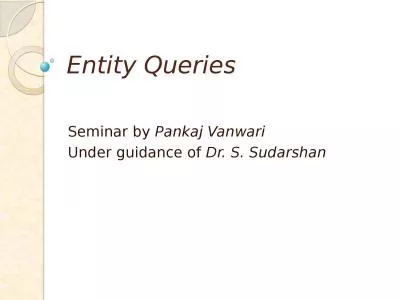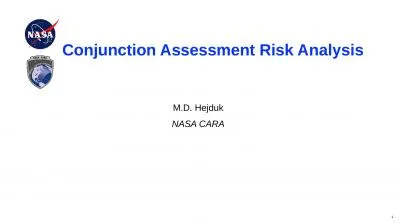PPT-Using low-degree Homomorphism for Private Conjunction Queries
Author : danika-pritchard | Published Date : 2019-06-30
Dan Boneh Craig Gentry Shai Halevi Frank Wang David Wu December 3 2012 1 Private Conjunction Queries Clinet has an SQL query of the type SELECT FROM db
Presentation Embed Code
Download Presentation
Download Presentation The PPT/PDF document "Using low-degree Homomorphism for Privat..." is the property of its rightful owner. Permission is granted to download and print the materials on this website for personal, non-commercial use only, and to display it on your personal computer provided you do not modify the materials and that you retain all copyright notices contained in the materials. By downloading content from our website, you accept the terms of this agreement.
Using low-degree Homomorphism for Private Conjunction Queries: Transcript
Download Rules Of Document
"Using low-degree Homomorphism for Private Conjunction Queries"The content belongs to its owner. You may download and print it for personal use, without modification, and keep all copyright notices. By downloading, you agree to these terms.
Related Documents

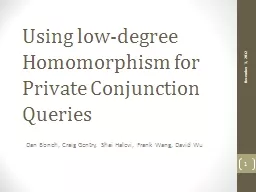
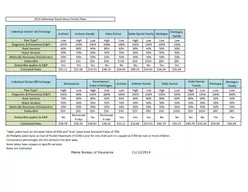

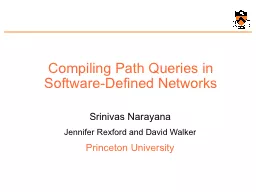



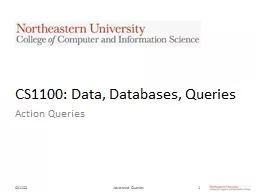

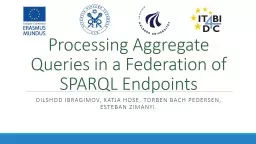
![[READ] Low Carb: Low Carb Weight Loss Secrets Box Set (Dash Diet, Slow Cooker Meals, Low](https://thumbs.docslides.com/881235/read-low-carb-low-carb-weight-loss-secrets-box-set-dash-diet-slow-cooker-meals-low-carb-cookbook-low-carb-recipes-low-car.jpg)
